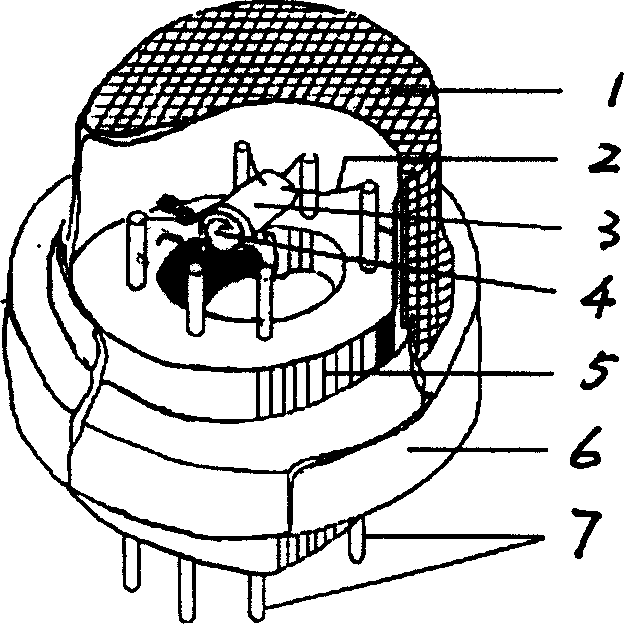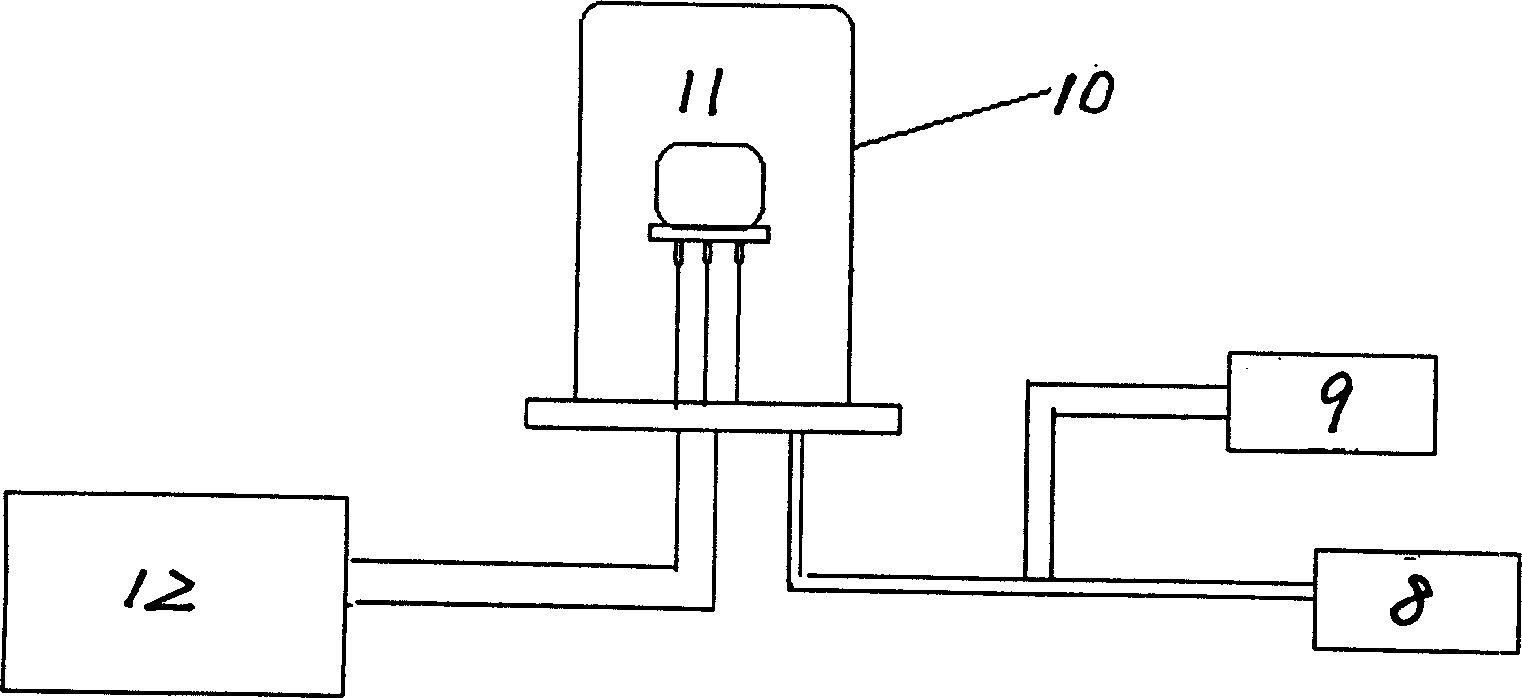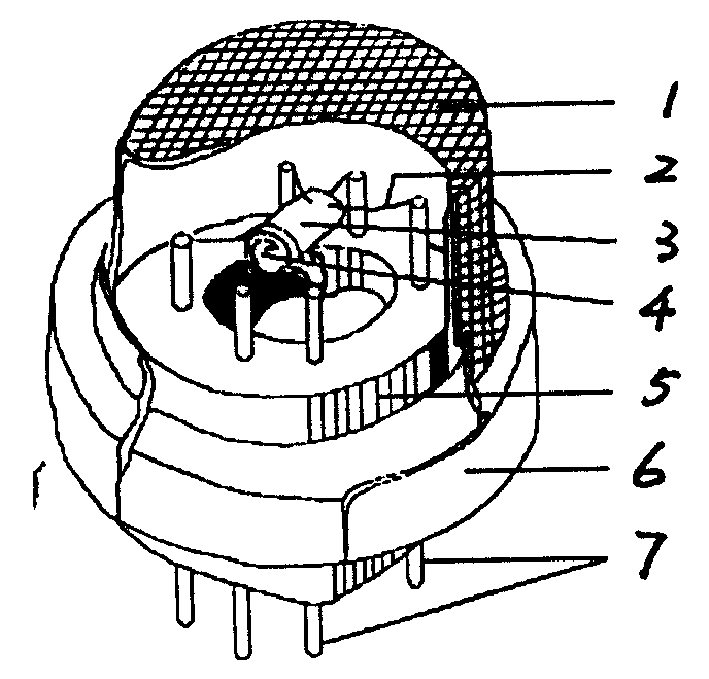Prepn of oxygen-sensing sensor
A sensor and oxygen-sensing technology, applied in the direction of material electrochemical variables, material resistance, etc., can solve the problems of narrow oxygen-sensitivity range, different preparation methods, high working temperature, etc., and achieve the effects of fast response, broad application prospects and low working temperature
- Summary
- Abstract
- Description
- Claims
- Application Information
AI Technical Summary
Problems solved by technology
Method used
Image
Examples
Embodiment 1
[0036] (1) Using titanium trichloride (TiCl 3 ) (15% dissolved in HCl solution) and doped NbCl 5 When the source material is Nb:Ti=11:89 (molar ratio) (the above are analytically pure), fully stir in a 60°C water bath.
[0037] (2) add an appropriate amount of hydrogen peroxide (H 2 o 2 ) strong oxidant and DBS surface coating agent, stirred in a water bath at 60°C until a gel is formed, and kept warm for 3-5 hours.
[0038] (3) Prepare the gel in a vacuum oven at 80° C. and dry it for 12 hours.
[0039] (4) Grinding for 2 hours to make nanopowder. Pre-fire at 350°C for 1 hour to remove related organic matter.
[0040] (5) Prepare the above nano-powder with terpineol, and evenly spread it on the porcelain tube with the brush electrode to form a thick-film semiconductor element.
[0041] (6) Thick-film components are placed in a muffle furnace and sintered at 400°C for 1 hour. Its structure is determined by X-ray powder diffraction to be pure rutile phase, the grain size i...
Embodiment 2
[0044] (1) Using titanium trichloride (TiCl 3 ) (content 15% dissolved in HCl solution) and
[0045] doped TaCl 5 When Ta:Ti=4:96 (molar ratio) as the source material (the above are analytically pure), fully stir in a 60°C water bath.
[0046] (2) add an appropriate amount of hydrogen peroxide (H 2 o 2 ) strong oxidant and DBS surface coating agent, stirred in a water bath at 60°C until a gel is formed, and kept warm for 3-5 hours.
[0047] (3) Prepare the gel in a vacuum oven at 80° C. and dry it for 12 hours.
[0048] (4) Grinding for 2 hours to make nanopowder. Pre-fire at 350°C for 1 hour to remove related organic matter.
[0049] (5) Prepare the above nano-powder with terpineol, and evenly spread it on the porcelain tube with the brush electrode to form a thick-film semiconductor element.
[0050] (6) Thick-film components are placed in a muffle furnace and sintered at 400°C for 1 hour. Its structure is determined by X-ray powder diffraction to be pure rutile phas...
PUM
| Property | Measurement | Unit |
|---|---|---|
| specific surface area | aaaaa | aaaaa |
| particle size | aaaaa | aaaaa |
| crystal size | aaaaa | aaaaa |
Abstract
Description
Claims
Application Information
 Login to View More
Login to View More - R&D
- Intellectual Property
- Life Sciences
- Materials
- Tech Scout
- Unparalleled Data Quality
- Higher Quality Content
- 60% Fewer Hallucinations
Browse by: Latest US Patents, China's latest patents, Technical Efficacy Thesaurus, Application Domain, Technology Topic, Popular Technical Reports.
© 2025 PatSnap. All rights reserved.Legal|Privacy policy|Modern Slavery Act Transparency Statement|Sitemap|About US| Contact US: help@patsnap.com



